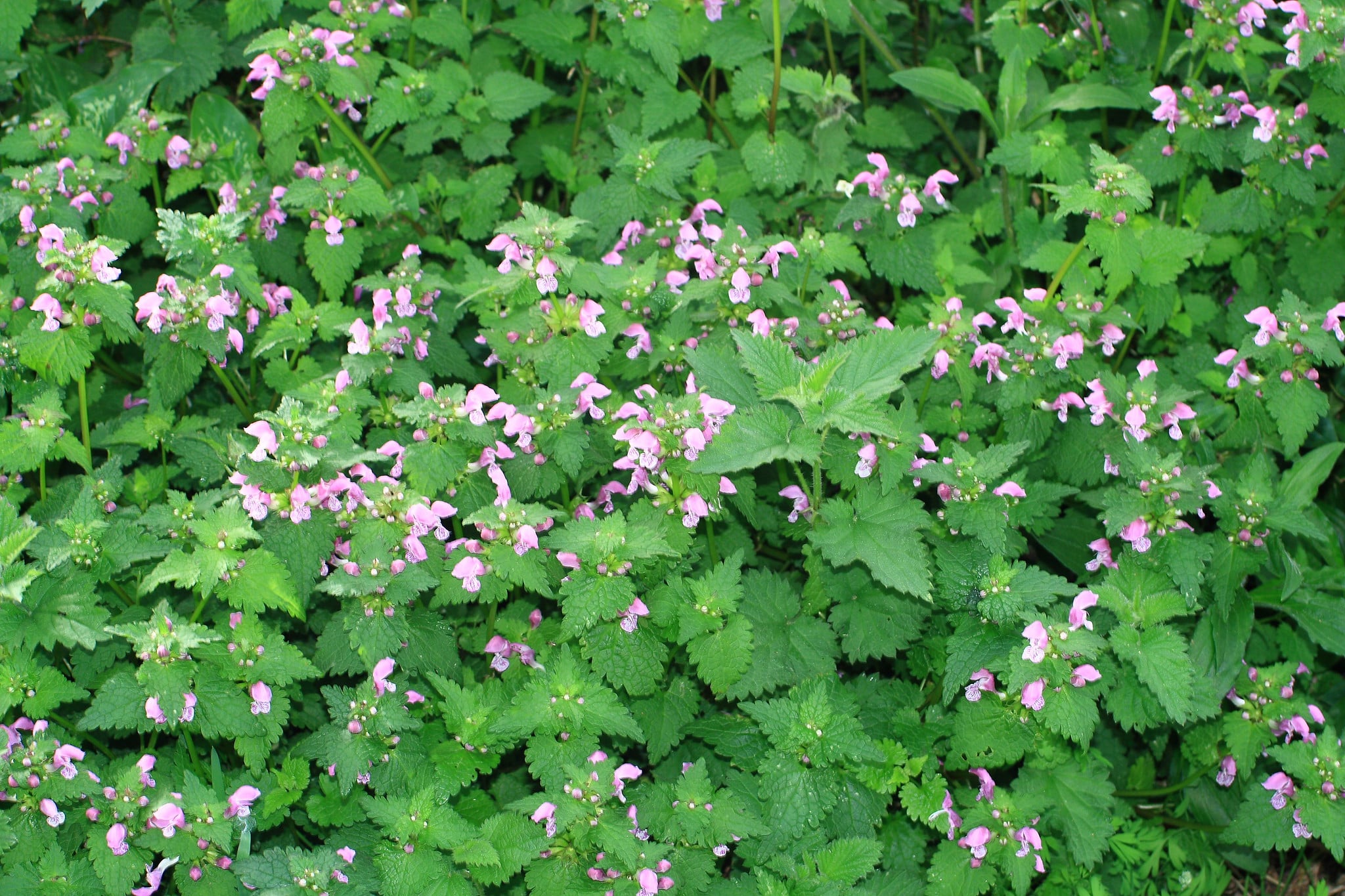
Image - Flickr / chausinho
Human skin is very, very fragile, so when we go to the countryside or get into a plot (or garden) full of wild herbs, we usually have our hands well protected in our pockets. And it is that, yes, there are many plants that cause rashesboth children and adults.
This does not mean that all the ones that I am going to name you cause the same reaction in all humans, no, since it will depend on how our body reacts. But yes, I recommend that you do not handle them without gloves.
Oleander
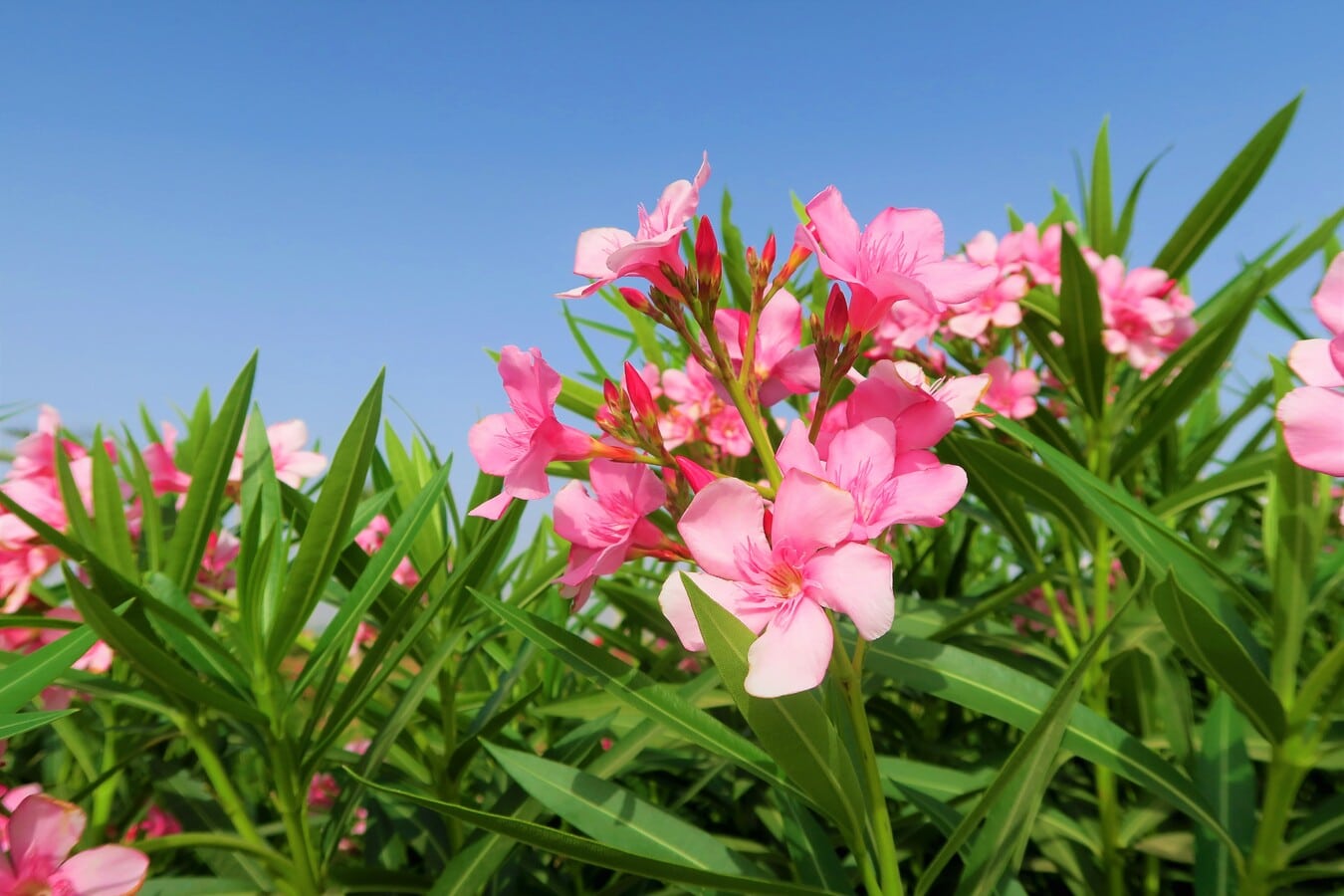
La oleander, whose scientific name is nerium oleander, It is a shrubby evergreen plant that can reach a height of about 2 meters., but normally it is much smaller, 1 meter, or even less. It produces flowers during spring and summer, and if the temperatures are mild (that is, if they remain between 18 and 25ºC) it can also do so at the beginning of autumn.
Its easy cultivation and its beauty make it a very interesting plant to have in a garden, but you have to think that its sap can cause rashes if it comes into contact with the skin.
milkweed
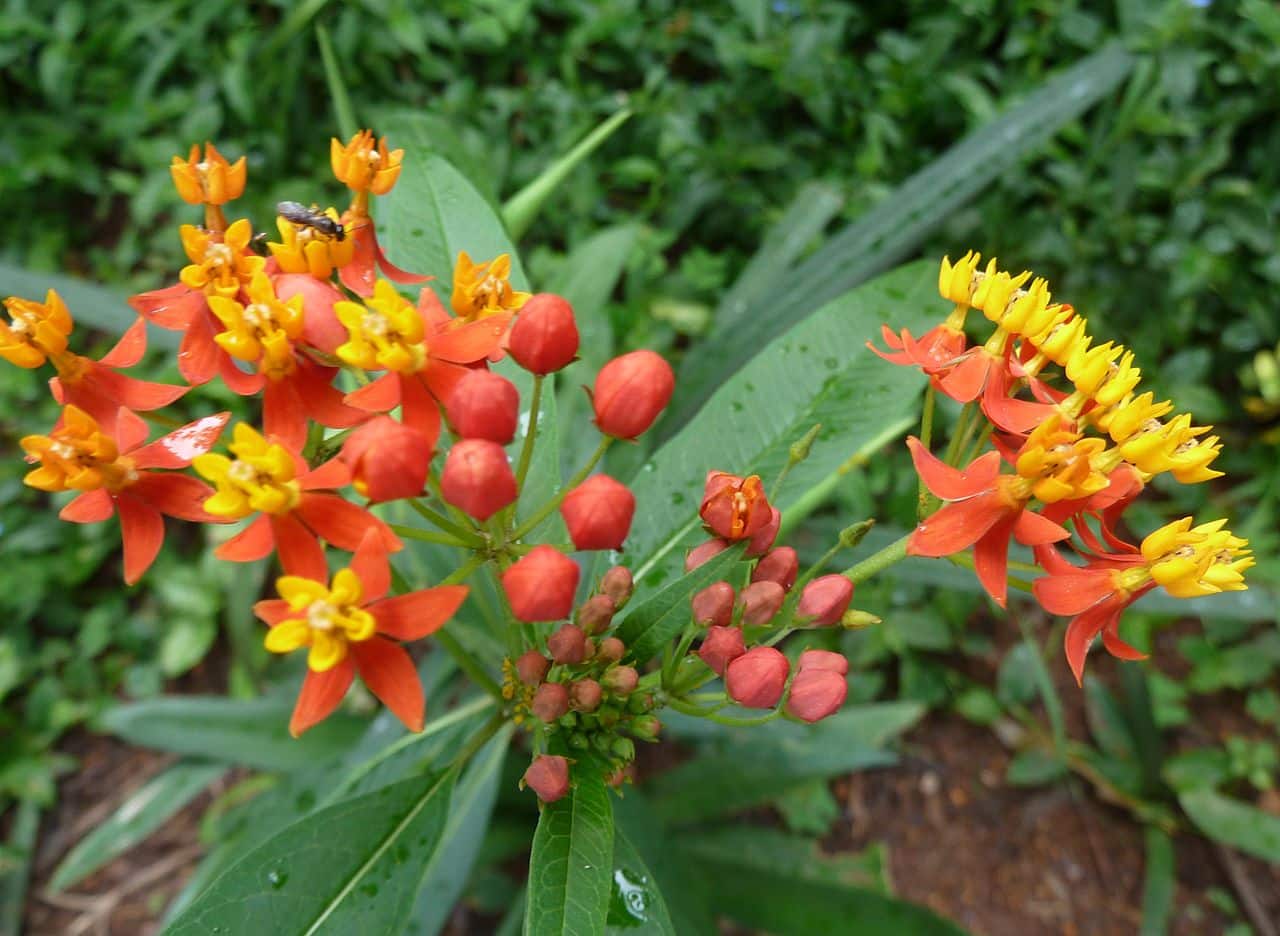
Image - Wikimedia / JMK
The gender of milkweed It is made up of evergreen herbs or shrubs that produce many flowers grouped in brightly colored inflorescences. Also, you have to know they are the main food of monarch butterflies, beetles and other insects, so it is not surprising that they protect themselves as best they can. And how does it do it? Producing a toxic latex.
This latex is the same that, if we are unlucky enough to touch it with our bare hand, we might get a painful rash.
Dipladenia
Dipladenia, or mandevilla, It is a vine of tropical and evergreen origin that is widely used to decorate gardens and the interior of homes.. It produces white, yellow, pink or red bell-shaped flowers in spring and especially in summer. But did you know that its sap is a latex that can irritate the skin?
And of course, if it comes into contact with a wound, even a barely visible micro cut, you can feel a lot of discomfort. Therefore, it is important that you be careful when pruning it.
Duvalia
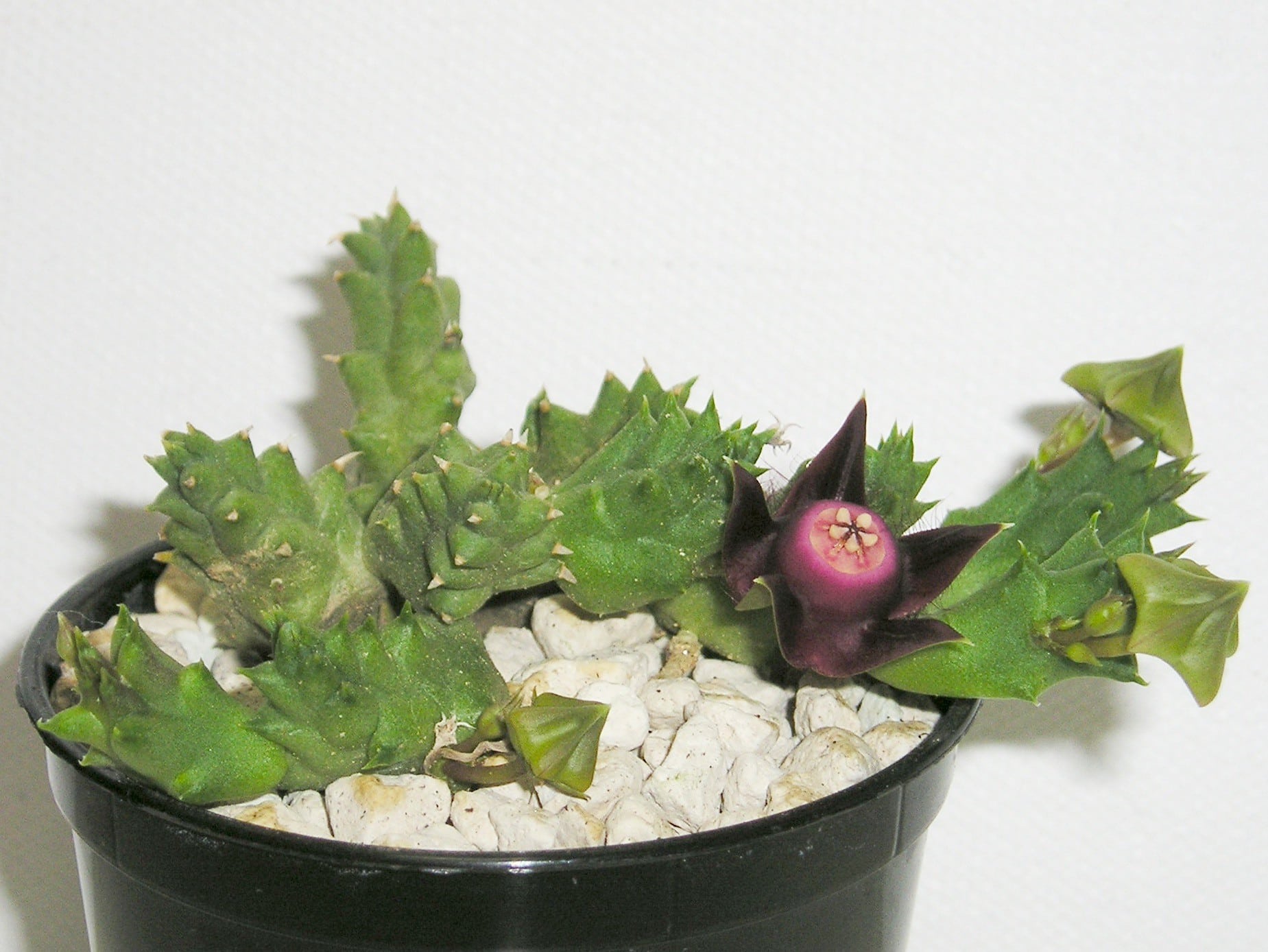
Image - Flickr / Maja Dumat
The Duvalia genus is made up of small succulent plants, so it is a bit difficult for us to come into contact with their latex. But still and all, It is important that we know that this is colorless and that it can cause us rashes, especially if we have very sensitive skin.
Likewise, you have to know that its stems are succulent, elongated, and measure about 4 centimeters long at most. The flowers are also small, measuring about one centimeter, and give off an unpleasant aroma.
euphorbia
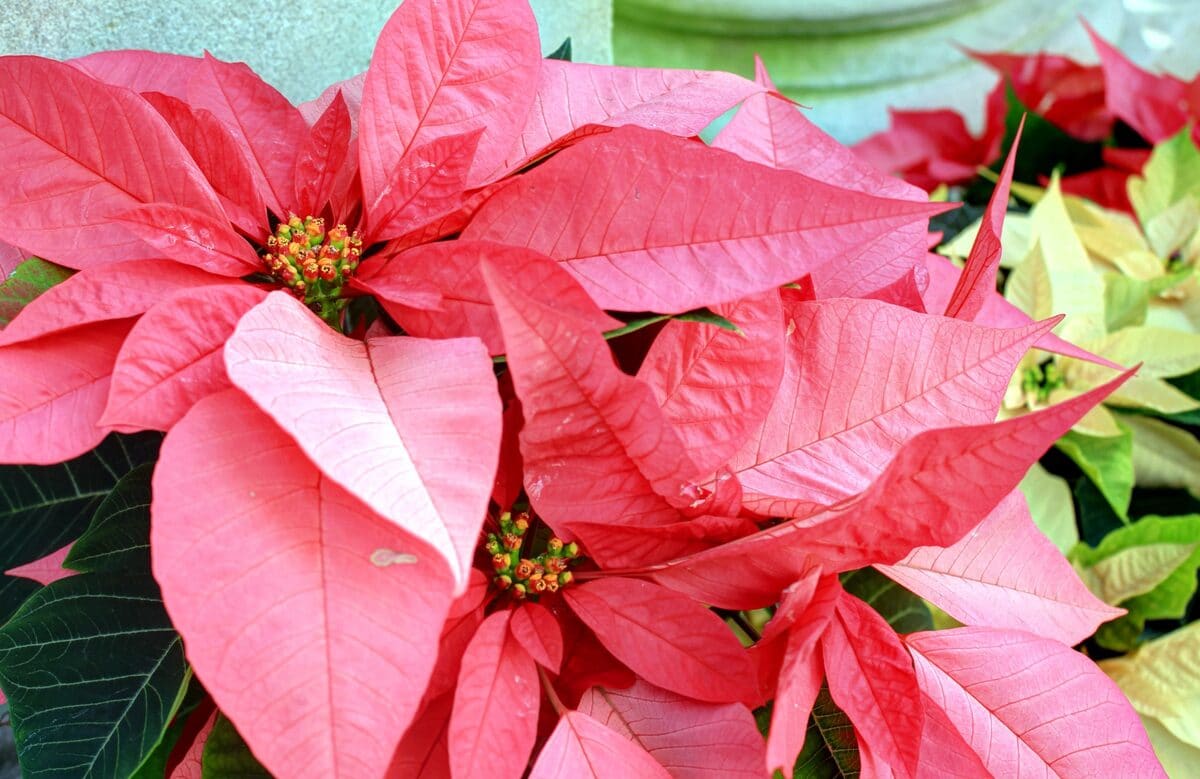
All plants of the genus euphorbia, which are many - there are some 2000 described species, including herbs, shrubs and trees -, They have a latex inside their stems that, when in contact with the skin, causes irritation and rashes.. For this reason, we have to be careful if we grow one and we have to prune it, for example, or change its pot.
So, if we get a Euphorbia pulcherrima (poinsettia), a Obese euphorbia, or another of this genre, we have to know that if we are going to manipulate it, we will have to protect our hands.
Rubber plant
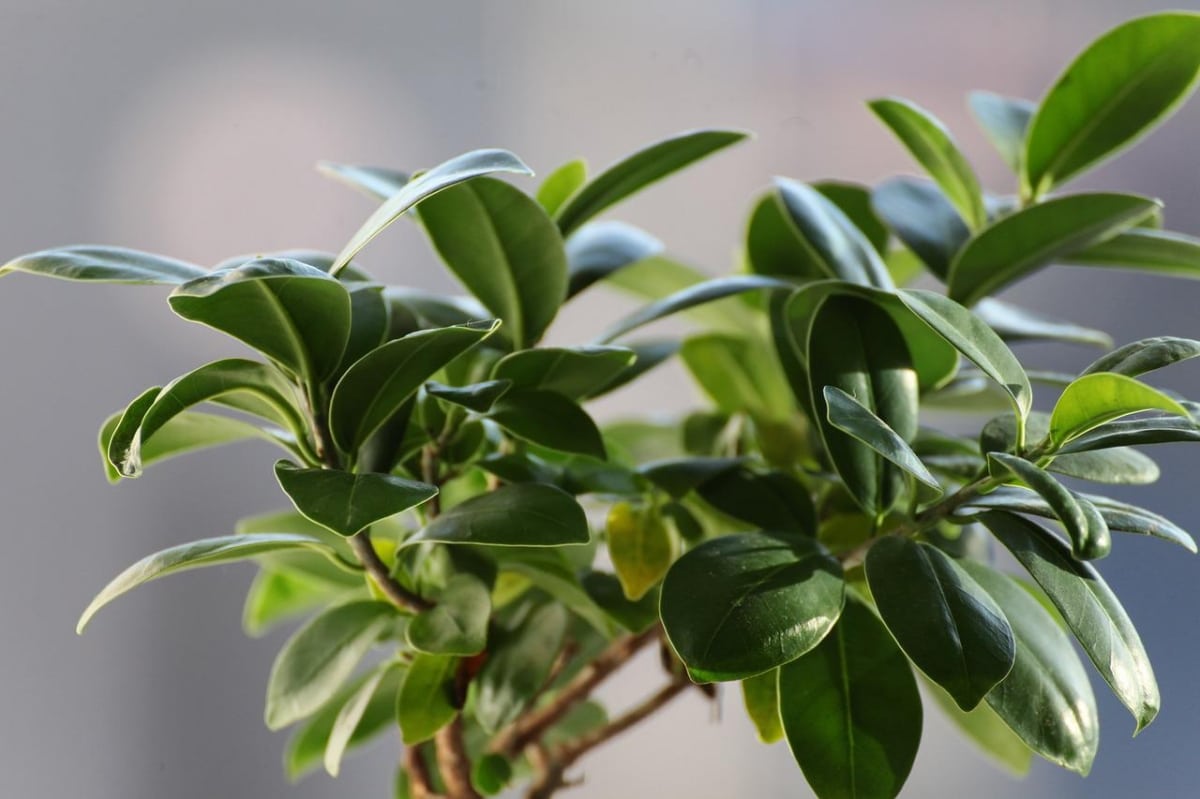
The Rubber plant, all of them, are characterized by being trees, shrubs and/or climbers that, inside their stems, and/or branches, they have latex. For this reason, they are plants that can cause rashes if we are not careful. For this reason, although they are undoubtedly very beautiful and relatively easy to care for, it is always important to keep in mind that, when handling them, our hands must be protected.
And it is that if they were not, we could have a bad time. Thus Do not hesitate to take preventive measures to avoid having your hands full of small and painful blisters.
Poison Ivy
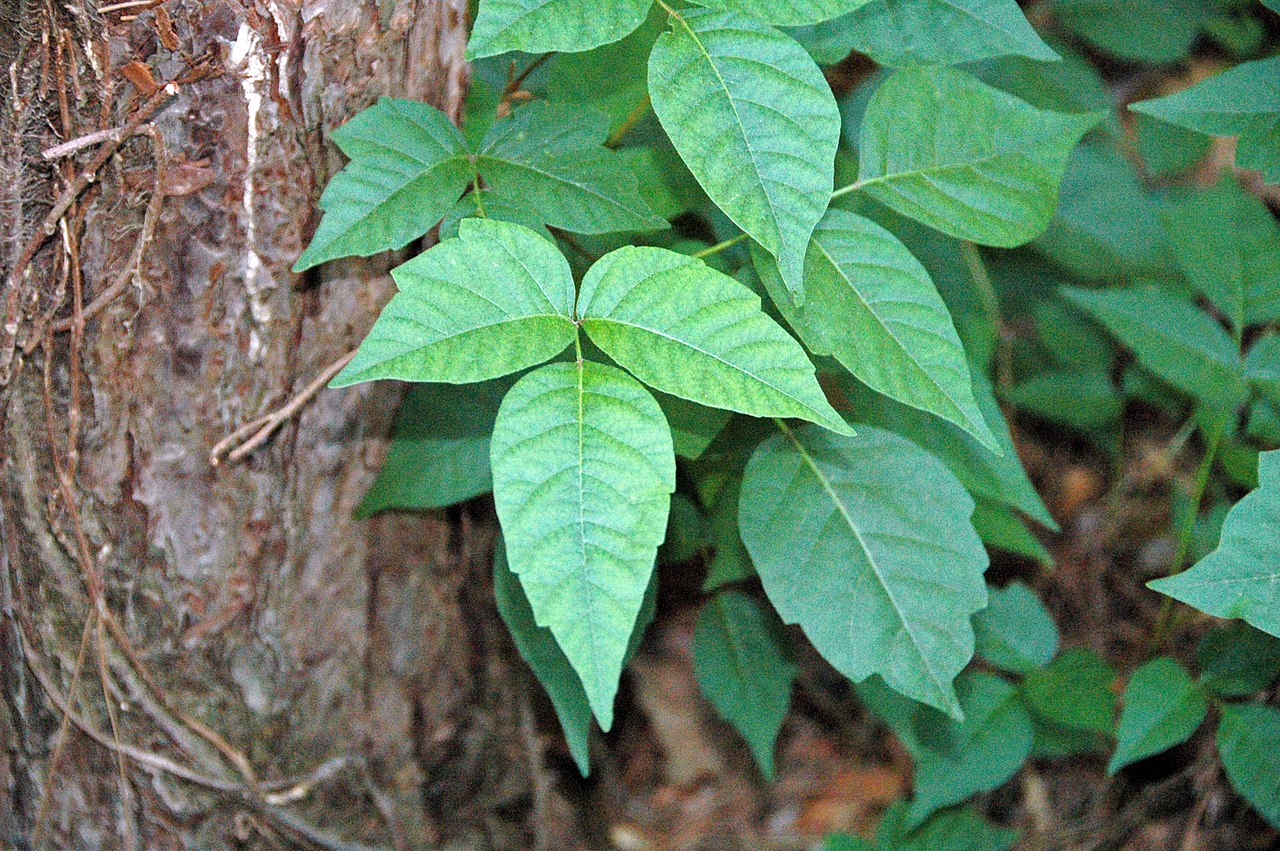
Image - Wikimedia / James St. John
In order not to be confused, it is important to clarify that the species is known by this name. Toxicodendron radicals, not common ivy (Hedera). It is a climber that grows to be 1-2 meters tall, and develops green leaves..
It is one of the most dangerous species for humans, since it a simple touch is enough for us to get rashes. It should not be consumed either, since in extreme cases it could be fatal.
Nettle
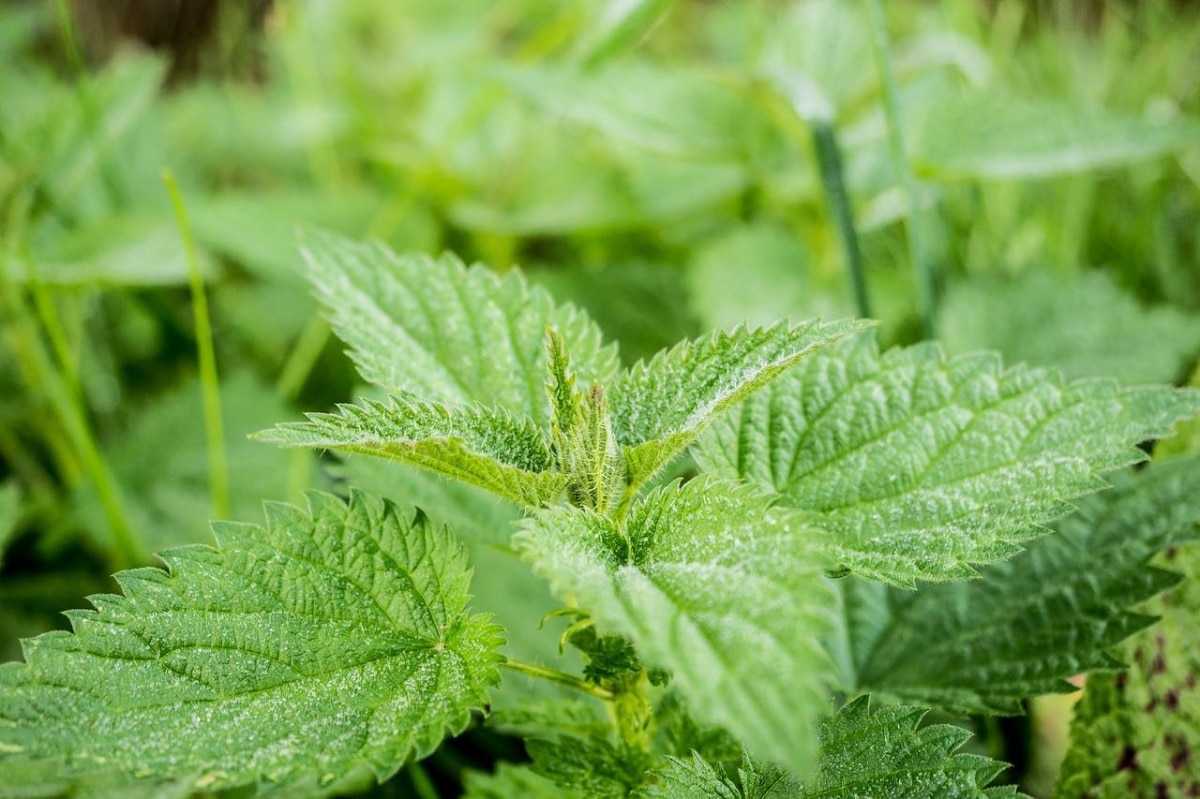
Nettle is the herb that -almost- nobody wants to have in their garden. I say 'almost' because it has many uses, as we explained in this article. But a simple touch is enough to end up with reddened skin. And if, in addition, we inadvertently pick it up or touch it for a little while, we will get rashes that can be quite painful.
Why? Because on the underside of their leaves and on the stems they have spines filled with stinging liquid. This liquid is the one that enters the wound that the thorn makes with the rubbing. In general, temporary discomfort will be felt.
Plumeria
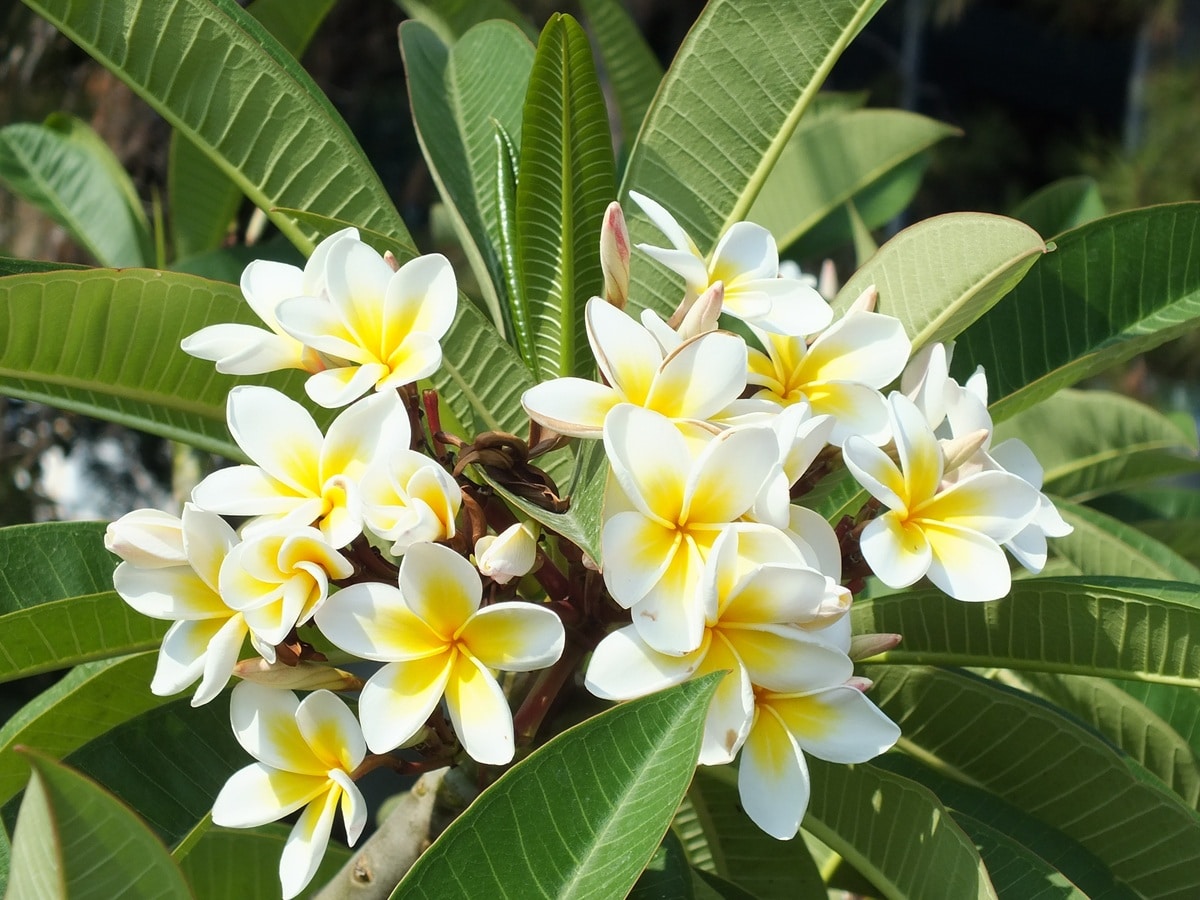
La Plumeria It is a genus of trees and shrubs, generally evergreen although they can be deciduous, of tropical origin. They are characterized by having large and elongated leaves, green in color, and by producing flowers which, in addition to being very pretty, brightly colored, give off a pleasant aroma.
However, her latex is irritating. This is a white and milky substance, which can cause the occasional rash on the skin. Therefore, we have to wear gloves if we are going to transplant or prune it.
Desert rose
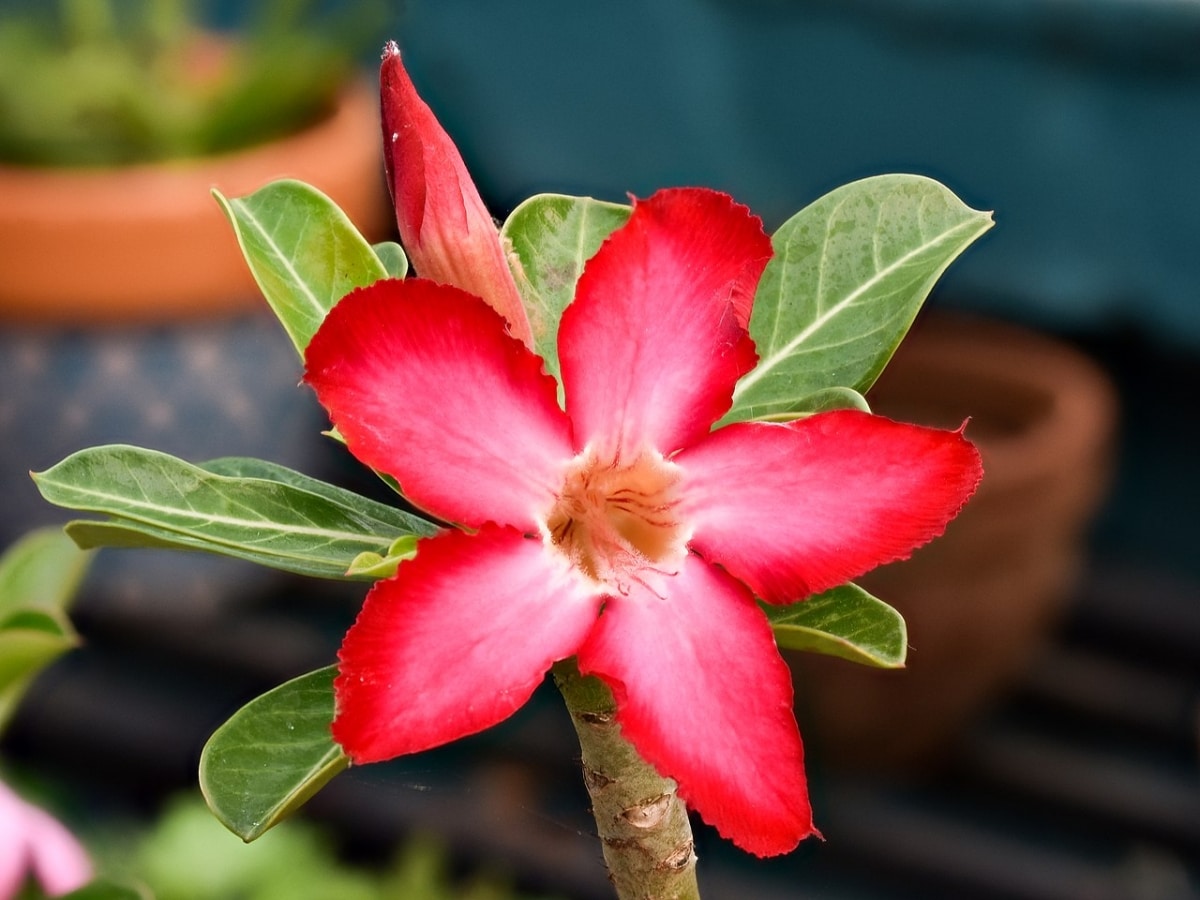
Image – Wikimedia/Timothy A. Gonsalves
La desert rose It is an evergreen tropical shrub that, in its natural habitat, It can grow up to 3 meters tall; however, in cultivation it is very rare for it to exceed one meter. It has somewhat leathery leaves, glossy dark green in color, and they sprout in a spiral. Although these are pretty, what is most striking are their flowers, which appear in spring-summer. These are bell-shaped, single or double (ie with one or two crowns of petals), and may be white, red, or pink.
Why is it on this list? Because it is also a plant that causes rashes. This is so because its sap is a latex that, like oleander or dipladenia, can at least irritate the skin.
Do you know other than plants that cause rashes?